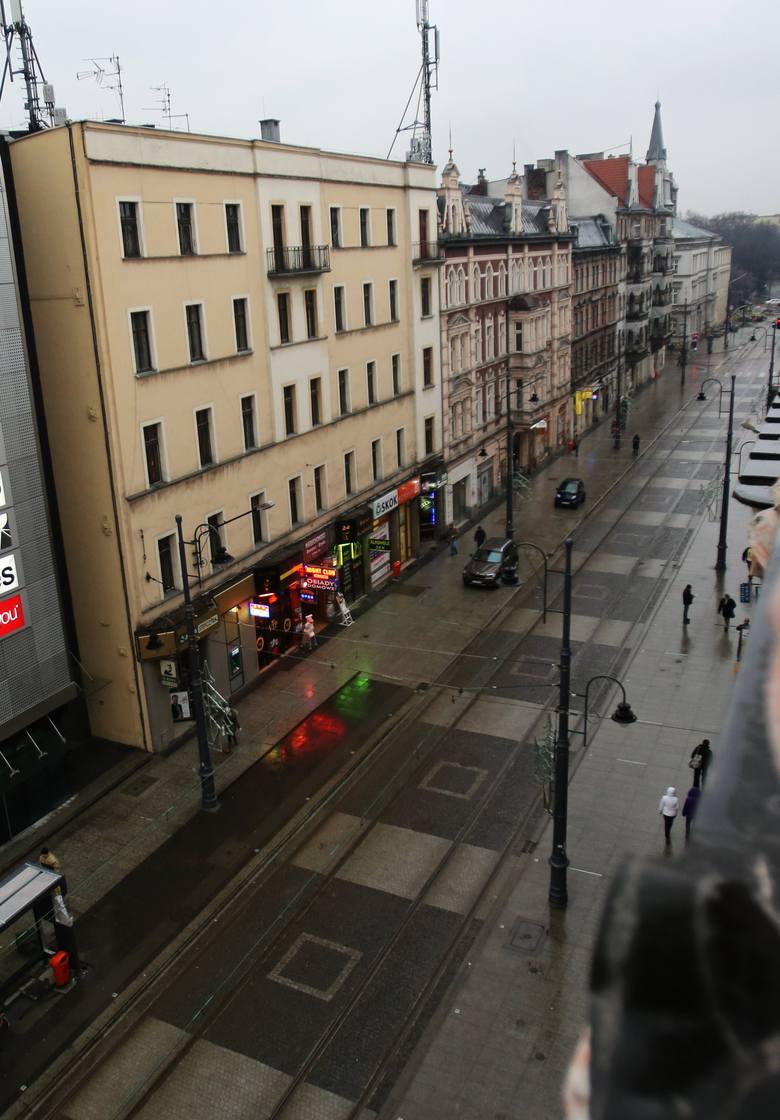I can't believe I'm saying this, but I think a complete ban on cars would actually make King Street less vibrant. Just look at photos of Swanston Street in Melbourne before and after its conversion to a transit mall. The street feels a bit empty and lifeless now, unless a streetcar happens to be passing through. And many transit malls have a similar feel, including those in Vancouver, Portland, and Calgary. They are certainly not the cities' most vibrant spaces - the buzzing streetlife slowly seeps away over time.
Adding uses to a street generally increases its vibrancy; excluding uses generally does the opposite. Look at how the bike lanes on Richmond and Adelaide instantly made them feel more pedestrian-friendly, even though the cars are still there. This is the "complete streets" paradigm.
So I hope we're practical, and not too high-minded, in our attempt to improve King Street. Simple things can make a big difference, as others have mentioned. I think we'd notice an immediate improvement with a well-enforced, rush-hour ban on parking, left turns, deliveries, and vehicles in the streetcar lane. For cyclists: Reduce the speed limit to 30-ish kph, paint sharrows in the centre of the curb lanes, and ticket aggressive drivers and cyclists - aggressively. For the pedestrian realm: Attractive paving, Silva cells and a good tree canopy, similar to the new waterfront. Compared to many great walking streets, King seems to have a sufficient quantity of sidewalk space; the main difference is the quality.
Much of this could be done quite quickly and cheaply as a pilot project (except maybe the sidewalk improvements).










